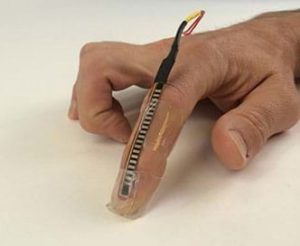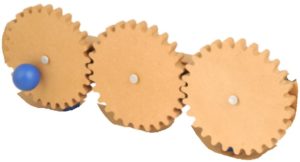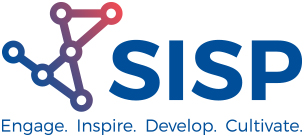Engineering Studies – P4 Biomedical Engineering – Practical Activities
This section contains classroom practical challenges that enhance the learning of engineering concepts. The challenges link to Engineering Studies outcome.
- Simple machines
- Shaping and joining of materials
- Electrical circuits
- Digital logic
- Biomedical products
Suggested short practical activities include:
-
Gear Train
Students create various gear trains and calculate VR.
 Gear Train
Gear Train
-
Prosthetic Leg
Design and construct a prosthetic lower leg.
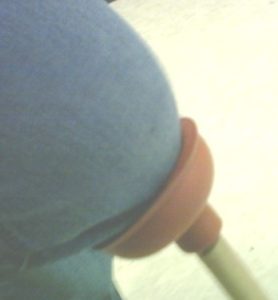 Plunger leg
Plunger leg
biomed_lesson01_activity1_worksheet
-
Arduino sensor robot
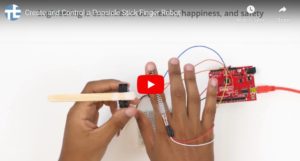 https://youtu.be/aCo4oWZilaU
https://youtu.be/aCo4oWZilaU
Students work through the engineering design process as they are introduced to servos and the flex sensor. They create simple, one-jointed, finger robots controlled by Arduino. Servos are motors with feedback and are extensively used in industrial and consumer applications—from large industrial car-manufacturing robots that use servos to hold heavy metal and precisely weld components together, to prosthetic hands that rely on servos to provide fine motor control. Students use Arduino microcontrollers and flex sensors to read finger flexes, which they process to send angle information to the servos. Students create working circuits; use the constrain, map and smoothing commands; learn what is meant by library and abstraction in a coding context; and may even combine team finger designs to create a complete prosthetic hand of bendable fingers.
